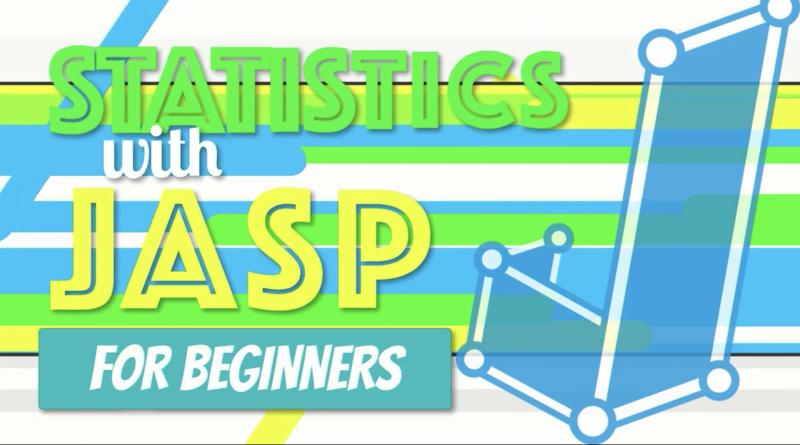Video: Computing Central Tendency and Variability in JASP
Concise video (9:50) from Research by Design in which, “We walk through the steps to identify three measures of central tendency (mean, median, and mode) using JASP. This is an excellent introduction to JASP software and some of the functions that we will use throughout the introductory statistics course.” (7:41) “We will learn how to […]
Video: Computing Central Tendency and Variability in JASP Read More »


